Agritourism offers brighter prospects for Albania’s small farmers
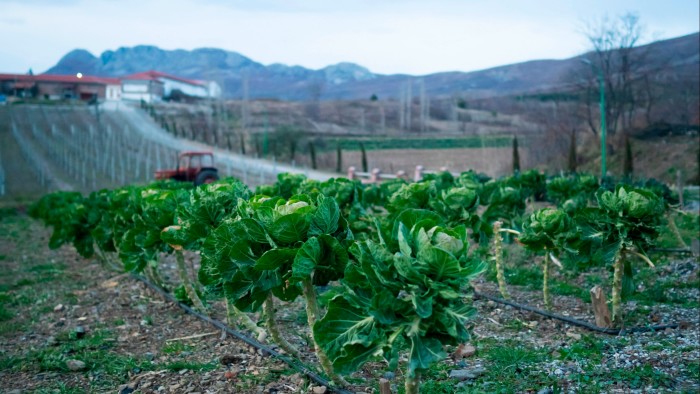
Roula Khalaf, Editor of the FT, selects her favourite stories in this weekly newsletter.
Running a sustainable farm can be a grind. But staying on one can be a joy. So “agritourism” can offer a way to capitalise on this contradiction — by enabling tourists with a taste for the bucolic to provide extra income for hard-pressed farmers.
Popular in Italy and other Mediterranean countries since the 1970s, agritourism involves furnishing farms with guesthouses and restaurants to serve tourists. More recently, Albania, Croatia and other countries in south-eastern Europe have adopted the model.
To its backers, agritourism offers a means to reduce rural poverty and make farming more attractive to the next generation in a corner of Europe blighted by depopulation. A 2021 study by Allied Market Research projected growth of just over 13 per cent by 2027 for the sector, worldwide.
However, some farmers have been pushing back, arguing that government enthusiasm for agritourism is imposing undue burdens on them.
South-eastern Europe is potentially fertile territory for agritourism. It has a high proportion of small, subsistence farmers, thanks partly to the way land was redistributed in small parcels after communism, and partly to the rugged topography, which does not lend itself to large-scale intensive agriculture. In Croatia, for instance, the average commercial farm is only 8.5 hectares, while 63 per cent of farms have fewer than three hectares.
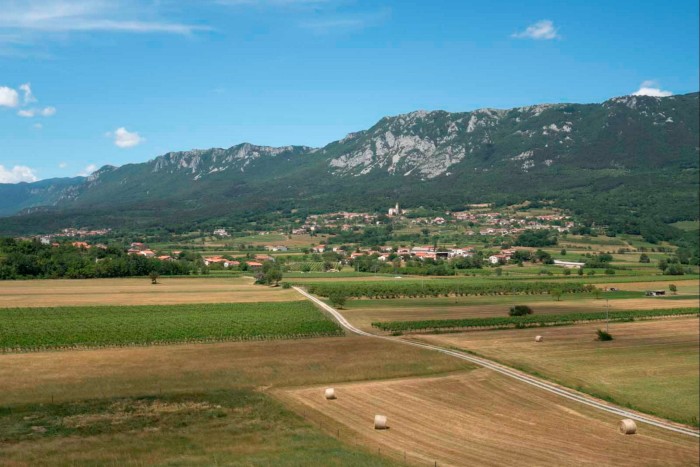
Output tends to be low. Both Croatia and Albania import two to three times more food than they export, making the countries heavily dependent on foreign markets. And wages are poor: rural poverty has been a significant factor in the exodus of 40 per cent of Albania’s population since the fall of communism in 1991.
A big attraction of the agritourism model, according to advocates, is that it can breathe new life into local economies, as surrounding farms profit from supplying successful projects.
The first agritourism enterprise in Albania, Mrizi i Zanave, was set up just over a decade ago by chef Altin Prenga in the hills near the northern city of Lezhë. His idea was to use the region’s abundant organic produce to appeal to visitors to his guesthouse and restaurant. What he cannot produce on site, he sources from small producers in a 10-mile radius — from beekeepers to mushroom pickers and chestnut growers.
“At that time, everyone was trying to migrate abroad or consume foreign food and wine,” Prenga recalls. “My idea was to preserve a traditional way of life and promote local food. Farmers in these parts are very sustainable and organic, so the produce tastes superb.” Some 400 local families currently collaborate with Prenga, with Mrizi being the most important source of income for half of them.
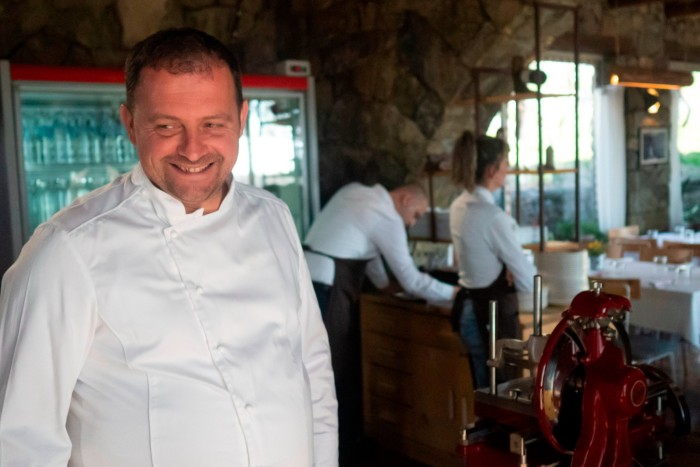
Prenga’s commercial success prompted nearby farmers to copy the Mrizi model. Elona Bejo, who farms in the Vjosa river valley, was inspired by Mrizi to set up an agritourism venture in 2014, and now obtains produce from 20 local families. Three of these have added guest rooms in the past year — an income supplement that has allowed them to develop their smallholdings. “It’s a chain reaction,” says Bejo.
The ministry of agriculture also took note, and gave start-up grants to 80 smallholders with agritourism plans between 2019 and 2022. Another 30 grants will be distributed this year. “The agritourism model is at the heart of our policy,” says Frida Krifca, Albania’s minister of agriculture.
Smallholders who supply agritourism enterprises often get a better price for their produce. Bejo pays the herb gatherers who supply her chamomile tea €20 per kilogramme — four times the amount that large food producers paid. “I raise the value of their product,” Bejo says. “Now, when they sell elsewhere, they can negotiate a fair price.”
To catalyse further growth, Bejo, Prenga and 70 other agritourism owners formed a trade association in 2020 to lobby the government for better rural infrastructure. Following the example of Italy, which has formally regulated agritourism at a national level since 1985, they have also pushed for quality control certification. “[These are] essential improvements farmers need before they can even start thinking about guests,” Bejo says.
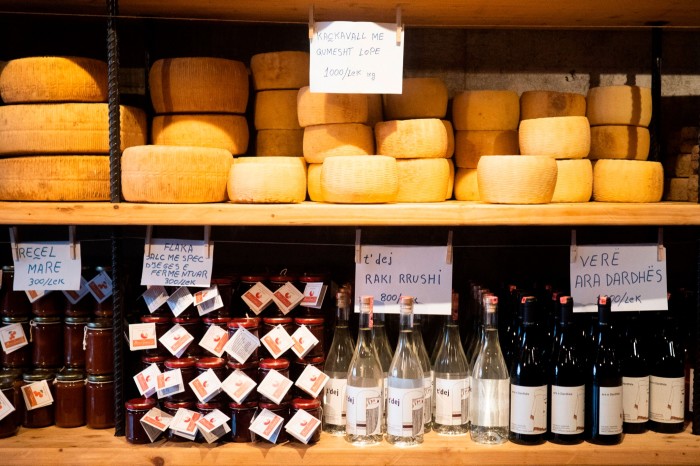
Krifca, meanwhile, has established an online directory of smallholdings, detailing what they produce so that food companies can connect with them.
In April, her ministry also launched an app, Portali i Fermerit (Farmers’ Portal), to provide smallholders with real-time prices at open-air markets across the country. The challenge now, Krifca says, is to help small farmers look beyond guesthouses to sell their produce across Albania and internationally.
Most of these initiatives are relatively new, so their effectiveness is as yet unclear. “It’s still a process,” Krifca admits. “Farmers need to see the benefits first. Ours has been a very centralised system and it’s a slow switch to entrepreneurialism.”
But the sector’s growth also has downsides. One is the potential for government money to be directed to schemes that are “agritourism” in name only.
The FT recently visited a couple of projects in Albania with gleaming empty kitchens and not a sheep in sight. Given high levels of corruption in the Balkans, according to the index produced by anti-corruption organisation Transparency International, this looks set to be a persistent problem.
Another is the fact that running an agritourism operation as well as a farm is, in Bejo’s words, “totally exhausting”. In the Dalmatia region of Croatia, for example, agritourism owners advertise olive and grape picking to guests to help farmers at a busy time. But, when inexperienced hands hinder or displace skilful local workers, farmers can find that they have substituted one set of problems for another.
The sometimes conflicting pressures of food production and tourism-friendly sustainability have been particularly felt in Slovenia, where there has been a significant expansion of land protected under the EU’s Natura 2000 programme — a scheme that aims to attract tourists to accredited national parks while closely regulating farming. In the Bohinj region, for example, where 84 per cent of land is restricted, farmers have been incentivised to hand-cut hay in the traditional way to boost biodiversity.
But a proposal to require a 50 per cent cut in agricultural chemical usage by 2030 has sparked widespread discontent. In April and May, thousands of Slovenia’s farmers drove their tractors to Ljubljana, the capital, arguing that these policies were created by “distant environmentalists” and were “unbearable” for them.
“People come to see the landscape but who will manage the land?” says Klemen Langus, who runs a wildflower festival in Bohinj and has seen a drop in farming in the past 10 years. He believes that agritourism should be part of Slovenia’s agricultural strategy, but only in dialogue with farmers.
Others in the area agree. “In the end, there is always a balance of economic priorities and biodiversity,” says Peter Skoberne, a botanist who works at the festival. “It has to make sense for people . . . we can’t ask people to do things that make their life harder for the sake of ecology.”
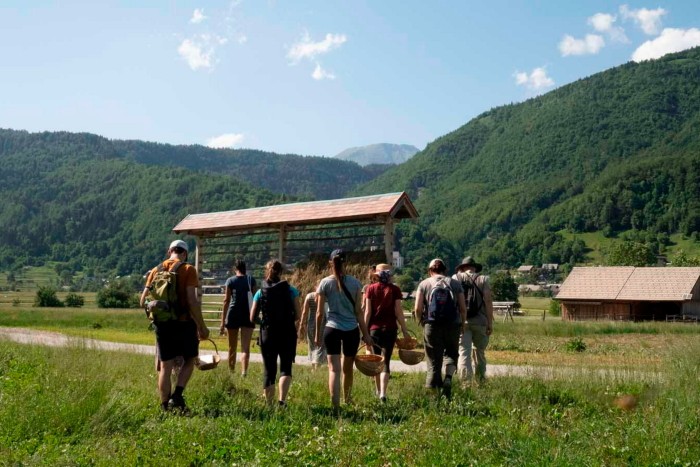
Down at Mrizi, Prenga takes a pragmatic approach. “We use a traditional stone mill to ground flour, because that’s still a good way to grind flour,” he says. “But we change things that aren’t energy efficient, such as open fire cooking or hand ploughing, even if they look romantic.”
Along with other agritourism owners, Prenga has been credited with changing perceptions of agriculture and helping to stem the exodus of young people from the countryside. At Mrizi, staff can gain skills as varied as social media marketing and tractor driving.
They have also built a TikTok following by posting daily videos of herding animals, harvesting vegetables, or cooking traditional dishes. The posts are peppered with comments from diaspora communities who say they’d like to return and do the same one day. And some already have.
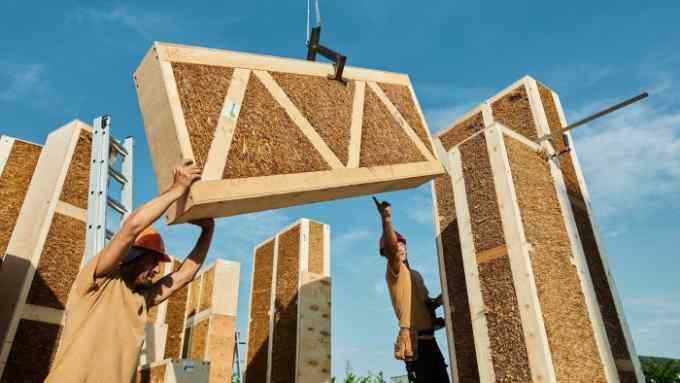
Comments